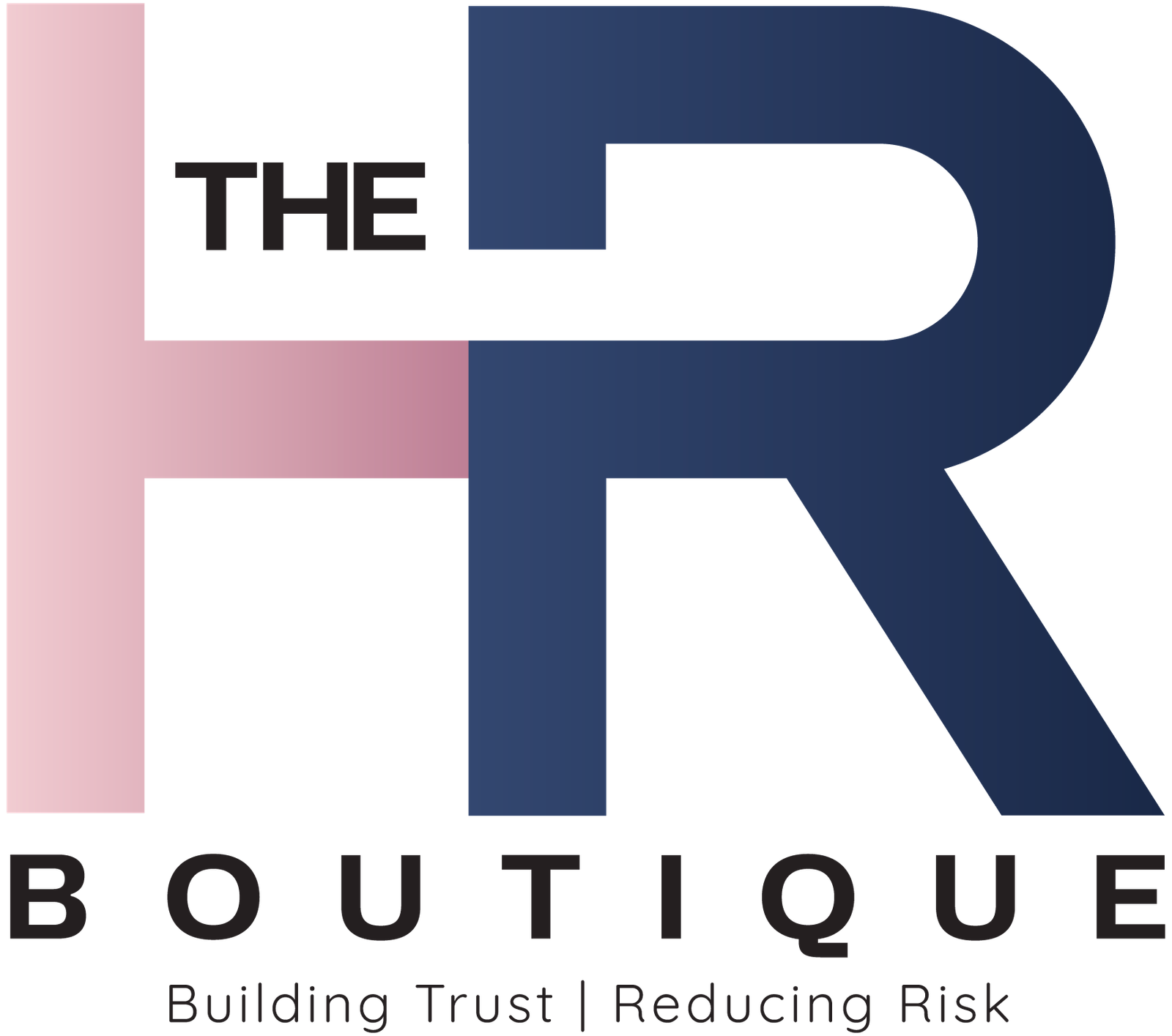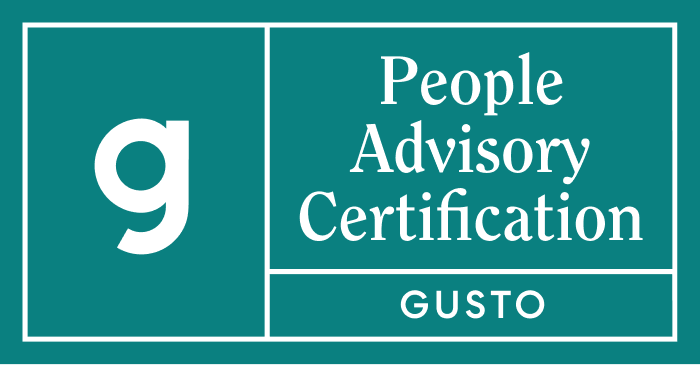Let me tell you about the time I walked into an HR office during open enrollment season. Papers everywhere, three monitors set up with different spreadsheets, and two HR admins speaking in what sounded like code about “Section 125 plans” and “FSA rollovers.” That’s when I realized HR services administration isn’t just paperwork – it’s the complex machinery that keeps employee lives running smoothly, even when no one notices.
What HR Services Administration Really Is? (And Why It Matters More Than You Think)
HR administration is like the plumbing of your organization. When it works perfectly, nobody gives it a second thought. But when something goes wrong? Suddenly everyone’s paying attention to the pipes.
At its core, HR administration covers all the systems, processes, and record-keeping that make employment possible. We’re talking about:
- Payroll processing (and all the headaches that come with it).
- Benefits enrollment and management.
- Compliance with ever-changing employment laws.
- Maintaining personnel records.
- Onboarding and offboarding logistics.
Here’s the thing most people don’t realize: Good HR administration is invisible. Bad HR administration becomes everyone’s problem.
The Day-to-Day Reality of HR Administration
Let me paint you a picture of what HR administrators actually deal with:
1. They Speak Multiple “Languages” Fluently
One minute they’re explaining 401(k) matching to a new hire, the next they’re discussing OSHA compliance with leadership, then translating insurance jargon for someone whose kid just broke an arm. It’s like being a corporate interpreter.
2. They Remember Everything (Because the Law Requires It)
That disciplinary warning from three years ago? The exact date your probationary period ended? The certification that expires next month? They’ve got it all logged somewhere.
3. They’re Professional Puzzle Solvers
Ever tried to figure out why an employee’s paycheck was short $73.42? HR administrators live for these mysteries. It’s usually something obscure like a garnishment order or an overpayment correction from six months ago.
Why HR Administration is Harder Than It Looks?
“Just push some paperwork, right?” If I had a nickel for every time someone underestimated HR administration…
Here’s what makes it genuinely challenging:
1. The Compliance Minefield
Employment laws change constantly. Did you know there were over 200 changes to labor laws just last year? HR admins have to:
- • Track all these changes.
- • Understand how they apply to your specific organization.
- • Implement them without disrupting operations.
One missed deadline or misfiled form can lead to massive fines. No pressure.
2. The Technology Treadmill
Remember when everything was paper files? Now HR admins juggle:
- HRIS systems.
- Payroll platforms.
- Benefits portals.
- Timekeeping software.
- And they all need to talk to each other.
When the systems don’t integrate properly (which is often), guess who manually bridges the gap?
3. The Human Factor
No policy covers every edge case. HR admins constantly deal with:
- The employee who needs an exception due to medical issues.
- The manager who “forgot” to submit timecards.
- The new hire whose legal name doesn’t match their preferred name across systems.
They have to balance policy with humanity all day, every day.
The Real Cost of Bad HR Administration
I once consulted with a company that “saved money” by having their office manager handle HR administration. Within a year they faced:
- $18,000 in payroll penalties.
- A class-action lawsuit over missed meal breaks.
- 40% turnover in their operations team.
- Countless hours wasted fixing preventable errors.
The kicker? Hiring a proper HR administrator would have cost less than any one of those problems.
What Excellent HR Administration Looks Like?
When it’s done right, you’ll notice:
- Paychecks are always accurate and on time.
- Benefits enrollment is smooth and understandable.
- Compliance audits go without major findings.
- Employees can easily find policies and forms.
- Onboarding doesn’t involve drowning in redundant paperwork.
The magic happens when HR administration is:
- Systematic (but not rigid).
- Accurate (but not inflexible).
- Efficient (but still human-centered).
How Technology is Changing the Game?
Modern HR administration isn’t your grandma’s filing cabinets. Today’s tools include:
- Self-service portals where employees can update their info.
- Automated workflows for approvals and notifications.
- Cloud-based document management that’s actually searchable.
- AI-assisted compliance monitoring that flags potential issues.
But here’s the catch – someone still needs to oversee all this tech. The role isn’t disappearing; it’s evolving.
Why Your Business Can’t Afford to Neglect This?
Whether you’re a startup of 10 or an enterprise of 10,000, quality HR administration:
- Prevents costly legal mistakes (one DOL audit can bankrupt a small business).
- Boosts employee satisfaction (people quit over payroll errors and benefits confusion).
- Saves leadership time (so you’re not playing detective with timecards).
- Provides crucial data for strategic decisions about hiring, compensation, and more.
Final Thoughts: The Unsung Backbone of Your Business
Next time you get a correct paycheck, smoothly enroll in benefits, or find that policy document when you need it, remember there’s an HR administrator making that happen. They may not be the most visible part of your organization, but they’re absolutely essential.
The best compliment an HR administrator can get? “Everything just works.” Because when they’re doing their job perfectly, it looks effortless – even though we both know it’s anything but.
What’s your HR administration horror story or success? Ever had an admin save your bacon with some obscure regulation knowledge? Share below – these quiet professionals deserve some recognition!





